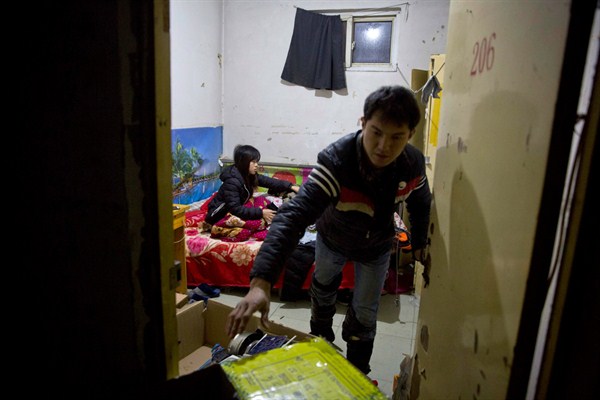In late November, after a building fire killed 19 migrant workers in a shantytown on the southern outskirts of Beijing, the city government began forcibly evicting thousands of migrants before razing entire neighborhoods to the ground. The evictions have sparked an outcry from within China and raised questions about the country’s urbanization policies. In an email interview, Mark Frazier, a professor of politics and academic director of the India China Institute at The New School in New York, explains what is driving the evictions and how they fit into China’s broader urbanization policies.
WPR: Why is the Beijing city government evicting migrants on a massive scale? Are other urban governments taking this as a signal to evict their migrant populations?
Mark Frazier: The fire on Nov. 18 that killed 19 migrant workers and children in the Xihongmen neighborhood of Beijing gave the city government an excuse to launch a campaign against presumably unsafe living quarters throughout the city. The notice issued the day after the fire called for all such residential areas, which offer affordable rents for migrant families to live and operate small businesses, to be investigated on safety grounds and demolished—with apparently wide leeway as to whether safety violations were in fact found. The Xihongmen area was razed in a few days.

